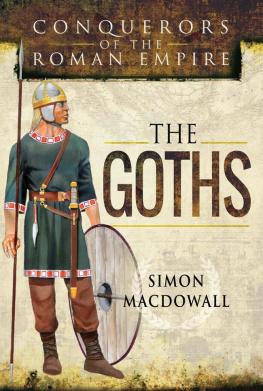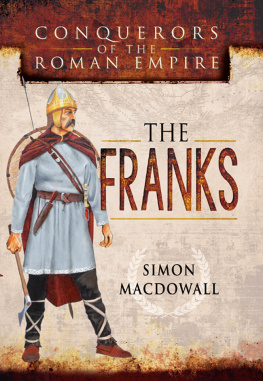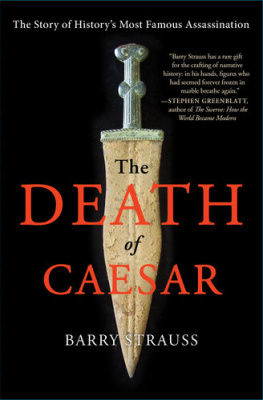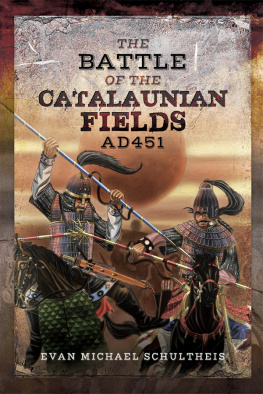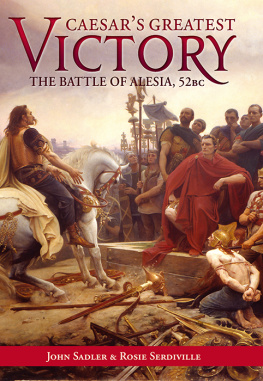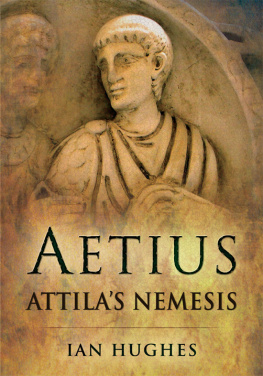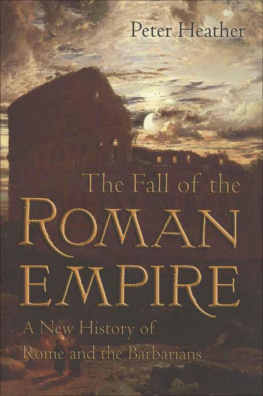
This electronic edition published in 2015 by Bloomsbury Publishing Plc
First published in Great Britain in 2015 by Osprey Publishing,
PO Box 883, Oxford, OX1 9PL, UK
PO Box 3985, New York, NY 10185-3985, USA
E-mail:
Bloomsbury is a registered trademark of Bloomsbury Publishing Plc
2015 Osprey Publishing Ltd
OSPREY PUBLISHING IS PART OF BLOOMSBURY PUBLISHING LTD.
All rights reserved
You may not copy, distribute, transmit, reproduce or otherwise make available this publication (or any part of it) in any form, or by any means (including without limitation electronic, digital, optical, mechanical, photocopying, printing, recording or otherwise), without the prior written permission of the publisher. Any person who does any unauthorised act in relation to this publication may be liable to criminal prosecution and civil claims for damages.
A CIP catalogue record for this book is available from the British Library.
ISBN: 978-1-4728-0743-4
PDF e-book ISBN: 978-1-4728-0744-1
e-Pub ISBN: 978-1-4728-0745-8
Editorial by Ilios Publishing Ltd, Oxford, UK (www.iliospublishing.com)
Maps by Bounford.com
3D birds-eye views by The Black Spot
Battlescene illustrations by Peter Dennis
THE WOODLAND TRUST
Osprey Publishing are supporting the Woodland Trust, the UKs leading woodland conservation charity, by funding the dedication of trees.
DEDICATION
To Caroline, who tramped around the battlefield with me and saw things that I missed.
ARTISTS NOTE
Readers may care to note that the original paintings from which the colour plates in this book were prepared are available for private sale. The Publishers retain all reproduction copyright whatsoever. All enquiries should be addressed to:
Peter Dennis, Fieldhead, The Park, Mansfield, Notts, NG18 2AT, UK Email:
The Publishers regret that they can enter into no correspondence upon this matter.
AUTHORS NOTE
In order to make things easy to follow I have used modern place names rather than ancient ones. Therefore it is Troyes rather than Augustobona Tricassium and Orlans instead of Aurelianum or Cenabum. I make an exception where the ancient name is well known, such as Constantinople rather than modern Istanbul.
There are many spelling variations of barbarian names, no doubt because Roman writers used an approximation of what they thought they had heard which have since been anglicised over the years. Therefore the King of the Visigoths is variously known as Theodoric, Theodorid, Theodorich, or Thiudareiks. As with place names I have tried to use those in most common modern usage.
Unless specified otherwise, all photographs are from the authors collection.
CONTENTS

ORIGINS OF THE CAMPAIGN
INTRODUCTION
On 20 June AD 451 a formidable invasion of Huns and Germans was defeated by an alliance of Romans, Alans, Goths and other Germans in a battle that took place on the plains of Champagne in France, known then as the Catalaunian Fields. The battle (more commonly and erroneously known as the Battle of Chlons) arguably changed the course of European history. It was included in Sir Edward Creasys The Fifteen Decisive Battles of the World (1851) and, as Sir Edward Gibbon so eloquently put it, All the nations from the Volga to the Atlantic took part.
For such an important battle, very little is known about it for certain. There is virtually no hard archaeological evidence and contemporary literary sources are patchy. The main primary description of the battle comes from Jordanes who, as a Gothic propagandist, glorified the Gothic actions in the battle (on both sides) and virtually ignored the parts played by other nationalities. The contemporary Greek historian Priscus actually met Attila but only fragments of his histories survive. These along with brief passages from the 5th-century Gallo-Roman aristocrat Sidonius Apollinaris, supplemented by the lives of early Christian saints, Gregory of Tours and various chroniclers are all we have to go on. Therefore, any reconstruction of the battle is a difficult task and must at times fall back on conjecture.

This impressive 3rd-century hoard of Roman coins, now at the Muse Saint-Loup, was found near Troyes and was probably hidden by a wealthy Roman as he fled an invading army.
The Catalaunian Fields encompass the general area of modern Champagne between Chlons-en-Champagne and Troyes. We do not know for certain where the battle took place but one ancient source places it on the Campus Mauriacus, 7km from Troyes and 80km south of Chlons-en-Champagne. We know the nations involved but not their exact proportion or numbers; nor do we know much about what actually happened on the battlefield beyond the few tantalising snippets Jordanes has left us. That said, by pulling together the little bits of hard evidence combined with a detailed analysis of the possible battlefield sites, we can make some sense of what happened on that mid-summer day when the fate of Western Europe was decided.
THE HUNS AND GOTHS
The Huns exploded into the Roman world in the mid-4th century. Their origin has been debated by historians over the centuries. Little is really known for certain about their early history other than the fact that they emerged from the Eurasian steppes and drove the Alans and Germans westward to seek refuge in the Roman Empire.
The Huns, as Ammianus Marcellinus, a 4th-century Roman officer, described, were the original cause of all the destruction and various calamities which the fury of Mars roused up, throwing everything into confusion by his usual ruinous violence This active and indomitable race, being excited by an unrestrainable desire of plundering the possessions of others, went on ravaging and slaughtering all the nations in their neighbourhood till they reached the Alans. Ammianus goes on to say how the Huns conquered the Alans and then kept pushing westwards. They defeated the Goths and sent thousands of refugees across the Danube to seek safety inside Roman territory.
The calamitous defeat of the Romans at the hands of the Goths is described in my previous Osprey Campaign book Adrianople AD 378. The descendants of the Gothic victors at Adrianople sacked Rome in 410 and in 418 were given land to settle in south-western France in exchange for waging war on the Vandals and Suebi who had occupied much of Spain. By 451 this branch of Goths had established a kingdom based around modern Toulouse. They were now often called Visigoths to distinguish them from the eastern Goths (Ostrogoths) who remained beyond the Roman frontier and were under Hun dominion.
After subjugating the other barbarian tribes beyond the Danube, the Huns settled down on the Hungarian plain. They provided troops to support the West Romans while raiding the East and exacting extortionate tributes from Constantinople. By the mid-5th century the Hun empire, centred on modern Hungary, stretched back onto the eastern steppes and forward to the Rhine. They had subjugated or absorbed the Germanic, Sarmatian and Slavic populations of the region and were having a major impact on Roman politics and military capability. Not least of this was their value as allies and mercenaries in the West Roman army under the command of Flavius Aetius.


